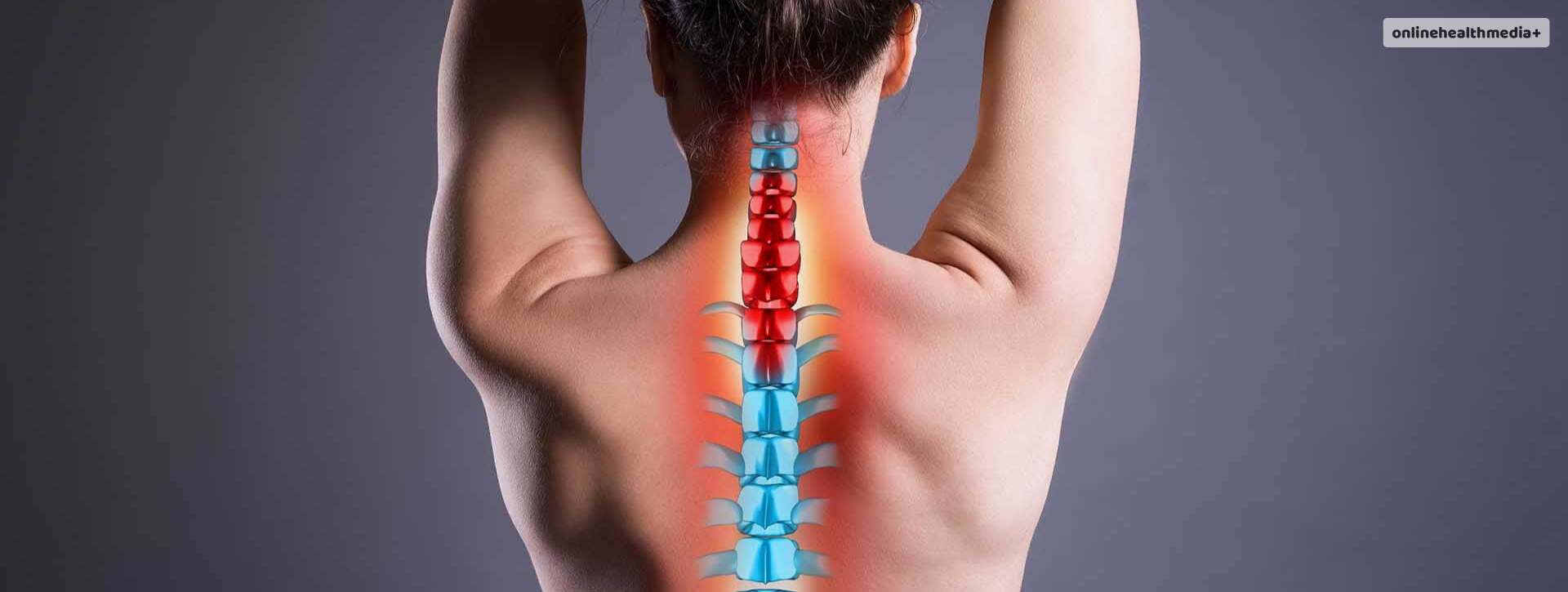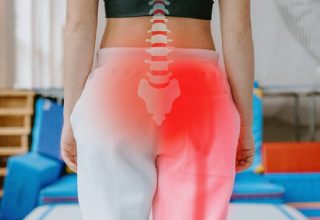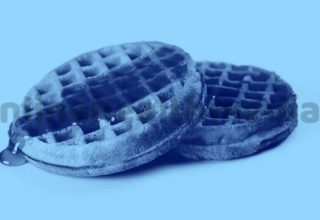Cervical Radiculopathy: What Is It And How To Get Better Again!
Also known as pinched nerve, cervical radiculopathy is a condition that occurs due to the inflammation and compression of the nerve roots that are present in the neck. The compression of the nerve results in neurological dysfunction that can affect the daily activities of an individual.
Doctors also refer to it as a disease process which is prominently known by the nerve compression from either arthritic bone spur or herniated disk.
The compression can lead to severe discomfort which can include pain that may be unbearable. The following article dives into the causes, symptoms and treatment that will be useful for a person diagnosed with the condition.
Contents
Understanding Cervical Radiculopathy
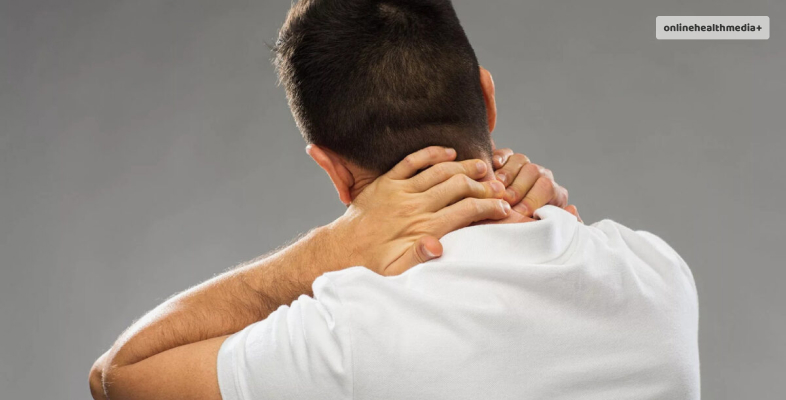
The occurrence of this neurological dysfunction is in sync with the pathologies that can cause symptoms on nerve roots.
The appearance of this condition is usually unilateral, however, bilateral symptoms also exist. The latter requires the presence of impinging bone spurs at one level while it irritates the nerve root on both sides.
Let us look at the symptoms that can help you recognize the pain as cervical radiculopathy.
Symptoms Of Cervical Radiculopathy
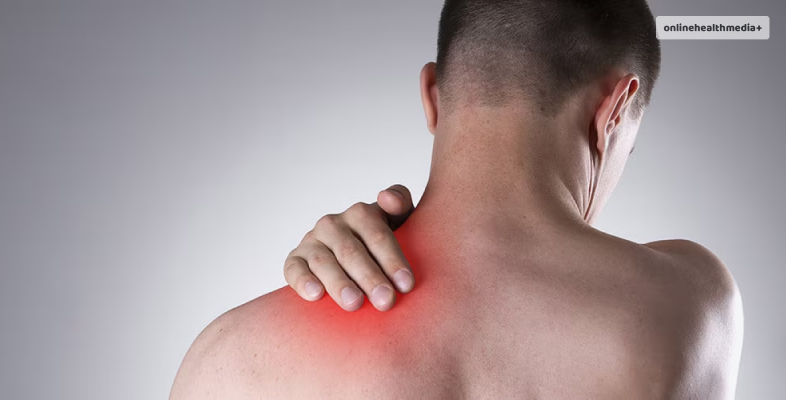
The inflammation and compression of the nerve roots can present in the following ways:
The symptoms are prominent in areas of the body that connect to the neck or the cervical spine. This includes the following parts:
- Shoulder
- Chest
- Arms
- Upper back
This is why the dysfunction is capable of radiating the pain to any of the above areas. The condition only affects one side of the body- so, if you feel the pain radiating in your shoulder, there are high chances it will travel down to either of the arms, and not both.
Apart from pain as a symptom, the following also make the list of signs that you need to be aware of:
- Radiating pain
- Numbness
- Tingling, pins and needles
- Weakened reflexes
- Muscle weakness
Causes and Risk Factors
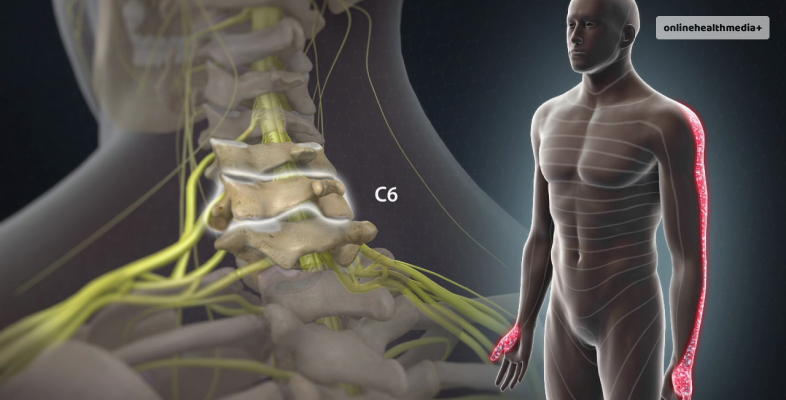
The causes of this condition may vary depending on the severity of the symptoms. There is a possibility that you may feel the primary symptom of this condition- pain- which can be due to several reasons.
For this to be classified as a neurological dysfunction, the following causes may be responsible:
- Herniated disk present in the neck
- Age-related changes that can occur in your spine. One such example is cervical spondylosis
- An overgrowth in the neck that compresses or leads to inflammation of the nerve root
- More often than not, the common cause of cervical radiculopathy is also seen to be cervical arthritis in some patients
- Aging can lead to the condition in another way as well- the loss of height with age, this can lead to bulging in the neck. This can lead to stiffness and loss of jelly-like fluidity in the cervical spine. The collapse in the disk is addressed as the body forming more bone known as bone spurs.
- The bone spur can lead to foraminal stenosis if it closes the foramen, thus, pinching the nerve root.
- Moreover, the herniated disk may be a result of repetitive neck motion that is incorrect, poor posture, causing additional stress to the neck through incorrect twisting and lifting.
Diagnosis

The confirmation of the pain can only be received from a diagnostic test that confirms the underlying cause of the symptoms that the patient is experiencing. The following can be asked by the physician:
- General health
- Medical health
- Symptoms you are experiencing
- History of accidents or injury- especially to the neck or the cervical spine
- Imaging tests to confirm the presence of any overgrowth or bone spurs.
The physical examination can also include inspection of the arms, shoulder, neck and hands. This allows them to look for changes in reflex, muscle weakness and the sensation that you may be feeling during the test.
Treatment Options
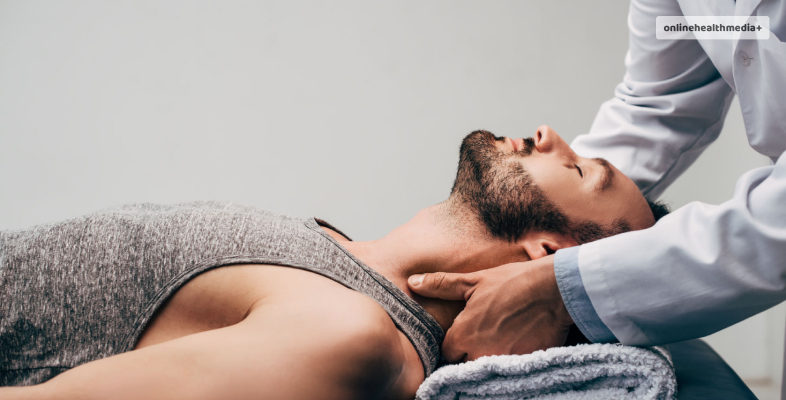
The cervical radiculopathy resolves within eight to twelves weeks without any specific treatment. Additionally, persisting symptoms require specific treatment. The treatment options include:
- Physical therapy
- Medication
- Surgery
- Immobilization
- Epidural injection
- Surgery
Pain Management
The pain management for cervical radiculopathy includes medications such as NSAIDs, oral corticosteroids.
NSAIDs or Nonsteroidal anti-inflammatory drugs, do not require prescription from your doctor and can be effective in pain relief.
The drugs that may be prescribed to you are aspirin, naproxen and ibuprofen. These drugs are effective anti-inflammatory and provide pain relief. The inflammation at the nerve root is the target of these drugs.
Similarly, the use of corticosteroids is in the form of a short oral course that can help in reducing the inflammation and swelling. This is specific for the area that surrounds the pinched nerve.
Recovery and Rehabilitation
The recovery for an individual with cervical radiculopathy includes the use of:
- A cervical pillow that can provide relief from the symptoms.
- Additionally, the use of a soft cervical collar will provide relief and support during recovery
- Epidural during this period such as cervical epidural steroid injection ensures that the patient undergoes complete restoration
- Rehabilitation approaches focus on physical therapy
- Exercises such as those specific to the neck and shoulder mobility. This will ensure that the mobility is restored to a better state
- Heat or ice therapy as per doctor’s advice.
Lifestyle Modifications
This is a step that any patient with cervical radiculopathy can benefit from. However, this is even more important if you suffered from the condition due to a herniated disk.
More specifically, if it was a result of repetitive movement that led to the injury. It also includes avoiding sudden movements that can lead to neck injury.
If your doctor permits, then practice neck, shoulder and back stretching along with a few exercises that will improve poor posture.
If you are in a profession where you need to sit or stand for a long period of time, try incorporating more movement so that there is less stress on your cervical spine.
Preventing Cervical Radiculopathy
Prevention is better than cure- we all have heard of this saying, well, for most of the conditions, this makes perfect sense. Similar for cervical radiculopathy, the preventative steps include:
- Staying physically fit
- Maintaining a healthy weight so there is no pressure on the cervical spine
- Lifting heavy objects carefully
- Playing sports carefully
- Having a good posture while sitting and standing
These tips should help you reduce the risk of developing cervical radiculopathy.
Conclusion
In conclusion, cervical radiculopathy is a neurological dysfunction that can present itself as radiating pain, and discomfort.
The condition is often also known as pinched nerve as a nerve root present in the neck becomes inflamed or compressed.
The condition usually goes away with proper rest over time, however, if the symptoms persist, then professional therapy becomes necessary.
The preventative steps described in the article ensures that you keep the condition at bay. However, consulting your healthcare provider on the health of your spine is the best.
Also read
- The Best Topical Treatments For Flesh Wounds.
- Five Reasons You Should Give Up Alcohol For 2024
- 10 Things You Should Know About Having Dental Retainers.
